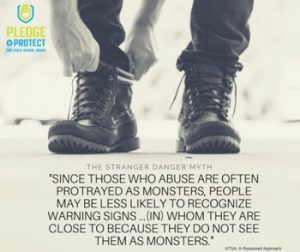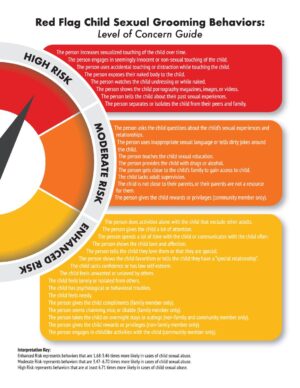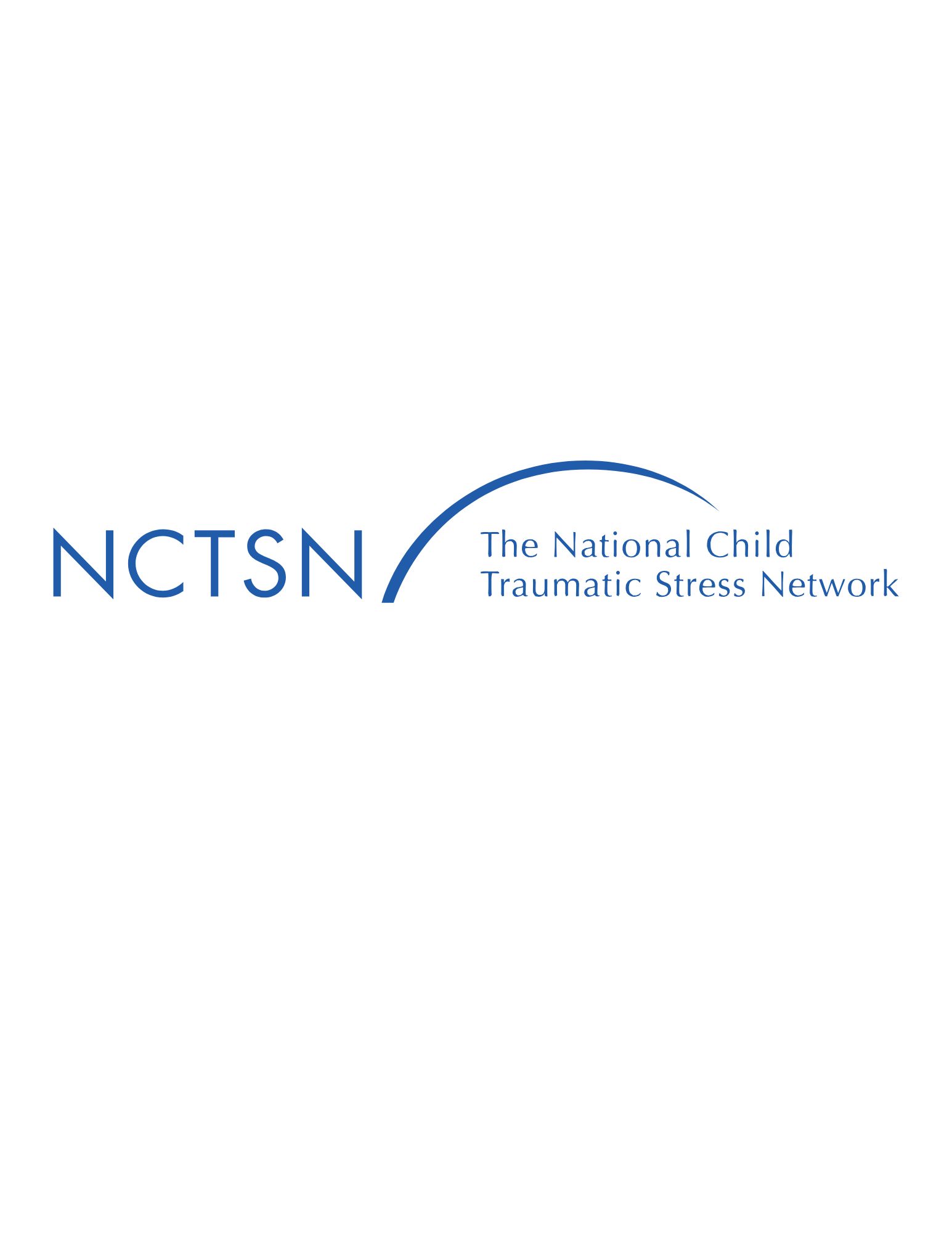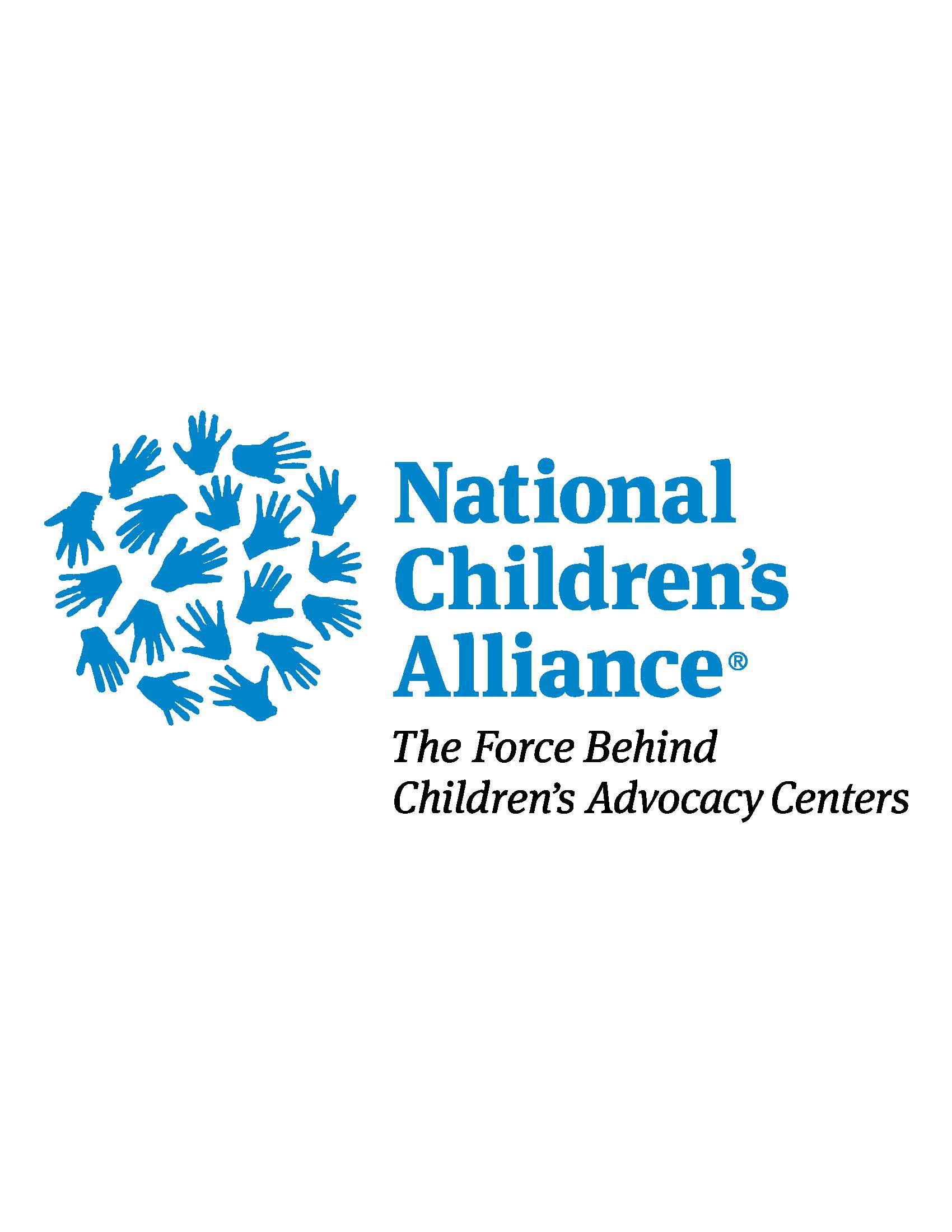
- 558,899 children were confirmed victims of abuse and neglect in 2022
- Younger children are most at risk. 15% of all victims of child maltreatment were no more than 2 years old
- In 2022, an estimated 1,990 children died from abuse and neglect

- There is no typical profile of a child abuser.
- Abusers often look and act like everyone else. They come from diverse backgrounds and are frequently known and trusted by the child and their family.
- In 76% of substantiated cases, the abuser was a parent or caregiver.
- In 2022, 21% of abuse allegations involved child-on-child sexual behaviors. Of these, 14% involved teenagers.

- According to the National Center for Victims of Crime, perpetrators may use manipulation or “grooming” behaviors to gain the trust of a child-and often their guardians-in order to access the victim and form a relationship built on secrecy. This secrecy is intended to reduce the likelihood that the abuse will be disclosed. Grooming Dynamics
- While no single behavior indicates grooming, it is crucial for adults in our communities to stay alert, recognize potential warning signs, and be aware of patterns that may signal this kind of manipulation is occurring.

Talking with children about abuse can feel scary or uncomfortable. That is completely normal—many of us did not have these conversations when we were kids. Some adults may also carry their own painful experiences, which can make this topic even harder to face.
But meaningful abuse prevention starts with open, honest dialogue. Pushing through our discomfort is one of the most powerful ways we can protect children and empower them to stay safe.
We have provided a guideline on how to talk to children about abuse for you to download along with other trusted resources to support you through this process.

What Are Adverse Childhood Experiences
Common Types of ACEs Include:
Neglect:
• Physical neglect
• Emotional neglect
Abuse:
• Physical abuse
• Sexual abuse
• Emotional abuse
Household Challenges:
• Intimate partner violence
• A mother being treated violently
• Substance misuse within the household
• Mental illness in the household
• Parental separation or divorce
• incarcerated household member
Children exposed to ACEs are at higher risk for:
Trouble in school, difficulty regulating emotions, social withdrawal, and developmental delays.
• Long-Term Effects:
Increased risk of chronic diseases, mental health disorders, substance abuse, and difficulty forming healthy relationships in adulthood.

Internet Safety
- Talk regularly with your child about the apps they use and who can interact with them online.
- Explore and adjust privacy settings on each app and device.
- Keep communication open, supportive, and nonjudgmental to encourage honesty.
- Monitor app usage and set boundaries around screen time.
- Remind children not to share personal information, photos, or locations with people they do not know in real life.
Stay informed. Stay involved. Your awareness is the first step in keeping your child safe online.

Discovering that your child is engaging in problematic sexual behavior can feel overwhelming. You may be experiences a flood of emotions-anger, sadness, denial, shame, and guilt. These feeling are natural and valid. Please know that you are not alone. With the right support and guidance, it is possible to help your child heal and grow in healthy ways. Families who seek help often report feeling relieved, empowered, and more hopeful about the future.
Hope starts with help. Taking the first step can be hard, but is a powerful act of love and care. With help, your child can learn safe, respectful behaviors-and your family can begin to heal. For more information about Youth Problematic Sexual Behavior (YPSB), please explore the trusted resources we have gathered below to support you.

- Support for individuals affected by abuse, neglect, witness to violence, and exploitation
- Resources for special populations
- Prevention strategies
- Safety planning and education
Disclaimer: Links to external websites are provided as a public service and for informational purposes only. The Child and Family Advocacy Center does not endorse or guarantee the accuracy of information on external sites and is not responsible for their content or privacy practices.




